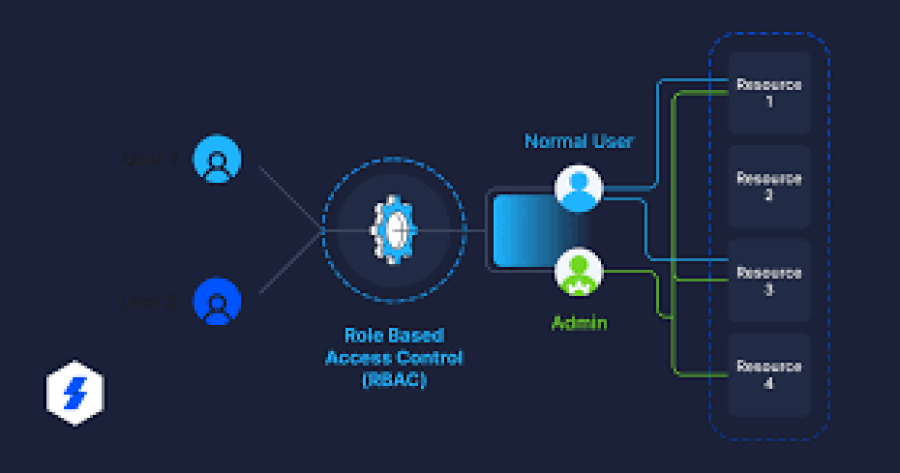How to Implement Dynamic Pricing in an E-Commerce Website
Pricing plays a crucial role in the success of an e-commerce business. Dynamic pricing, also known as real-time pricing, allows online stores to adjust prices automatically based on factors like demand, competition, user behavior, and market trends. This strategy helps businesses maximize revenue, stay competitive, and enhance customer satisfaction.
In this guide, we’ll explore how to implement dynamic pricing in an e-commerce website, including the key benefits, pricing models, and best practices.
What is Dynamic Pricing in E-Commerce?
Dynamic pricing is a flexible pricing strategy where product prices fluctuate based on real-time market conditions, competitor prices, customer behavior, and demand. Companies like Amazon, eBay, and Walmart use dynamic pricing to stay competitive and boost sales.
Key Benefits of Dynamic Pricing
✔ Maximizes Profits – Adjust prices based on demand to increase sales.
✔ Competitive Advantage – Stay ahead by monitoring competitor prices.
✔ Better Inventory Management – Clear stock efficiently with price adjustments.
✔ Personalized Pricing – Offer tailored discounts based on customer data.
✔ Improved Conversion Rates – Increase purchases by displaying optimized prices.
Types of Dynamic Pricing Strategies
1. Demand-Based Pricing
📌 Why It’s Important: Prices change based on product demand.
✅ Example: Hotels and airlines increase prices during peak seasons.
2. Competitor-Based Pricing
📌 Why It’s Important: Adjust prices based on competitor pricing trends.
✅ Example: Amazon updates product prices frequently based on competitors’ rates.
3. Time-Based Pricing
📌 Why It’s Important: Prices change based on the time of day, week, or season.
✅ Example: Holiday discounts and Black Friday sales.
4. Customer Segmentation Pricing
📌 Why It’s Important: Different customer groups get different prices.
✅ Example: Special discounts for loyal customers or first-time buyers.
5. Cost-Plus Pricing
📌 Why It’s Important: Prices are set by adding a margin to the product cost.
✅ Example: Retailers calculate product costs and add a fixed markup.
How to Implement Dynamic Pricing in an E-Commerce Website
1. Analyze Market Trends and Competitor Prices
Monitor competitor prices using pricing intelligence tools like Price2Spy, Prisync, and Omnia Retail.
Identify demand fluctuations to optimize pricing strategies.
2. Set Pricing Rules Based on Business Goals
Define minimum and maximum price limits.
Establish pricing rules for discounts, promotions, and special events.
3. Use AI and Automation for Real-Time Pricing
Leverage AI-driven dynamic pricing tools like RepricerExpress, Wiser, and Competera.
Automate pricing adjustments based on real-time data.
4. Implement Personalized Pricing for Customer Segments
Offer exclusive discounts for repeat customers, VIP members, or bulk buyers.
Use loyalty programs and targeted email offers for personalized pricing.
5. Optimize Prices for Maximum Conversions
Conduct A/B testing to determine price elasticity.
Use psychological pricing strategies like “$9.
4o


 by Emily
by Emily




